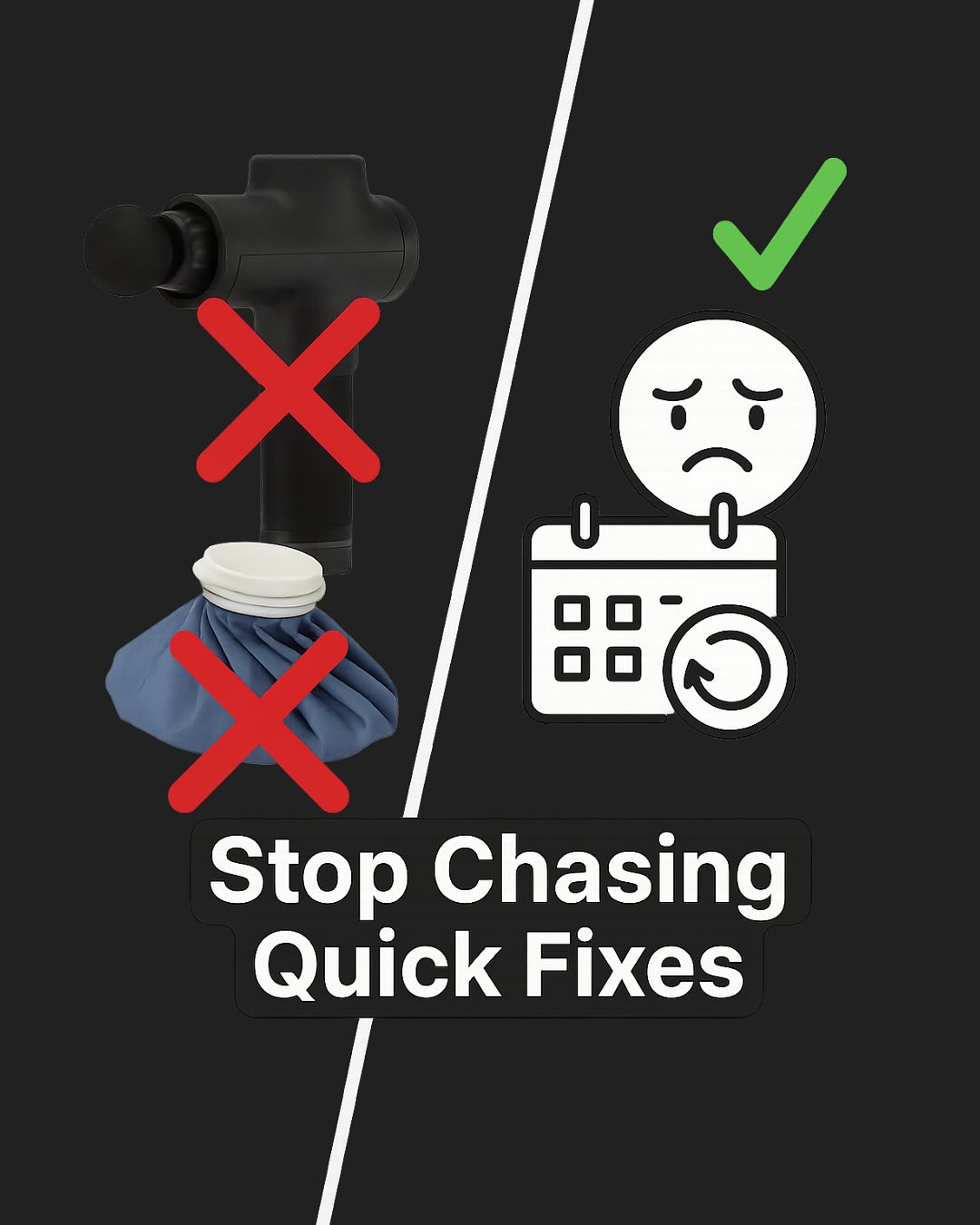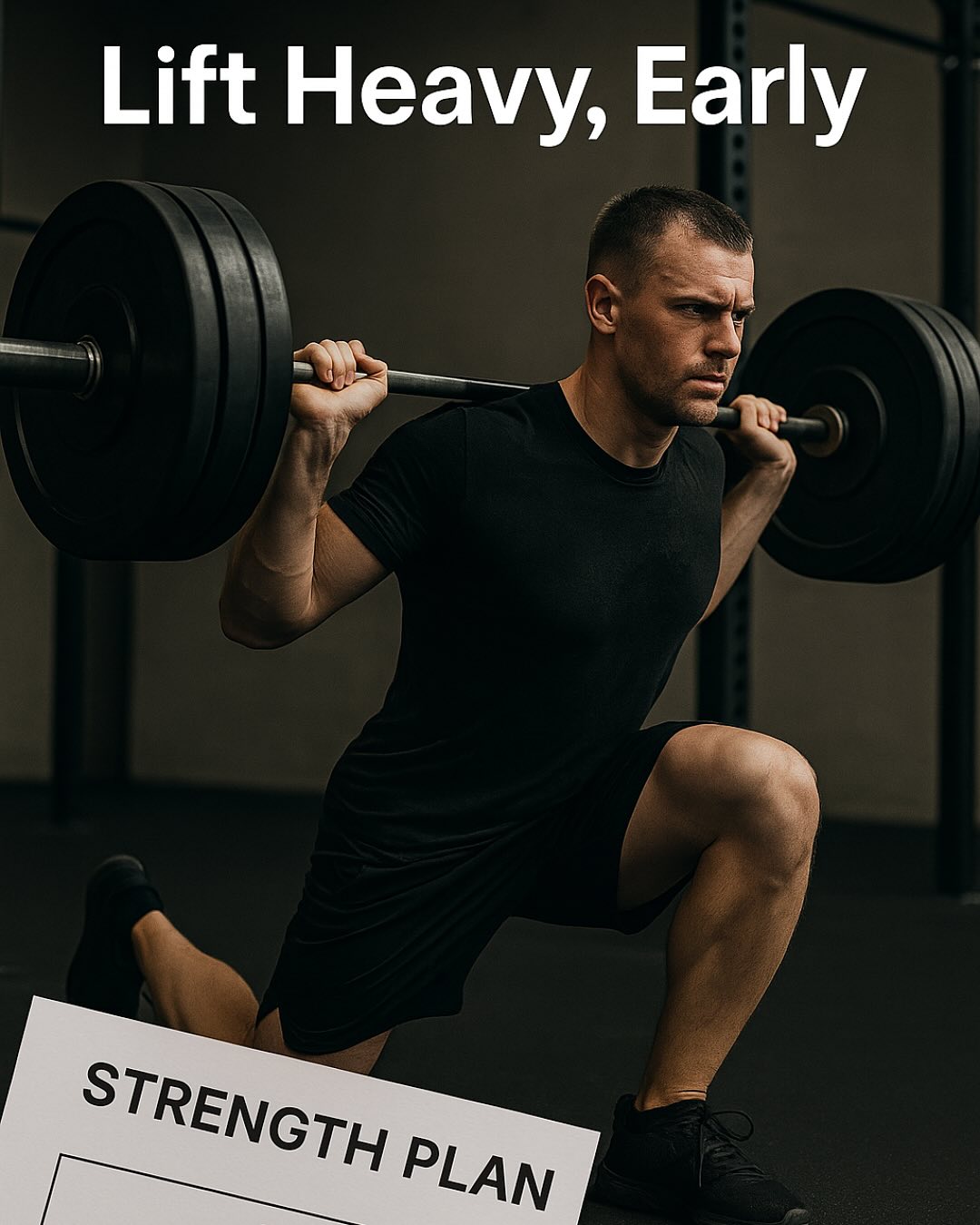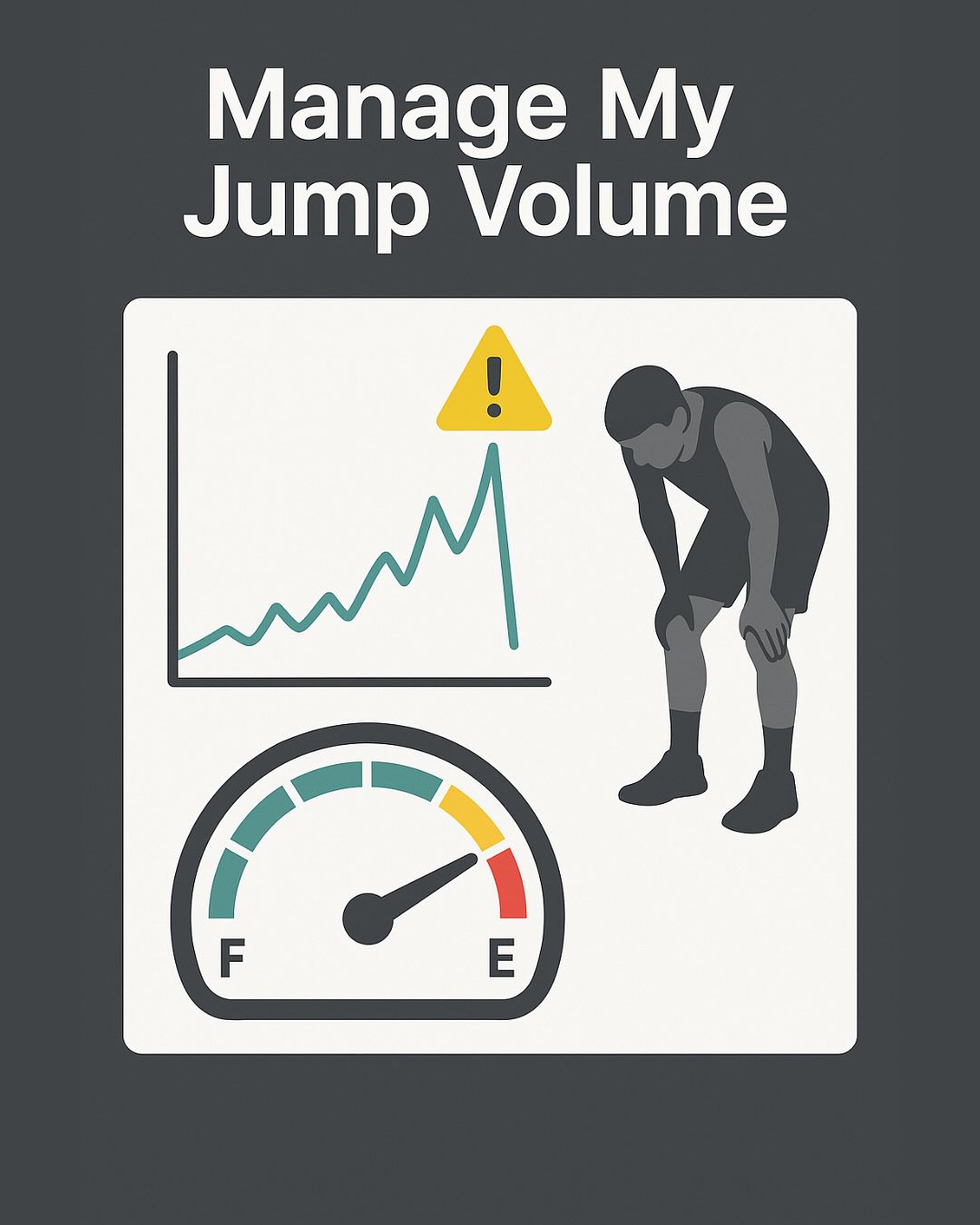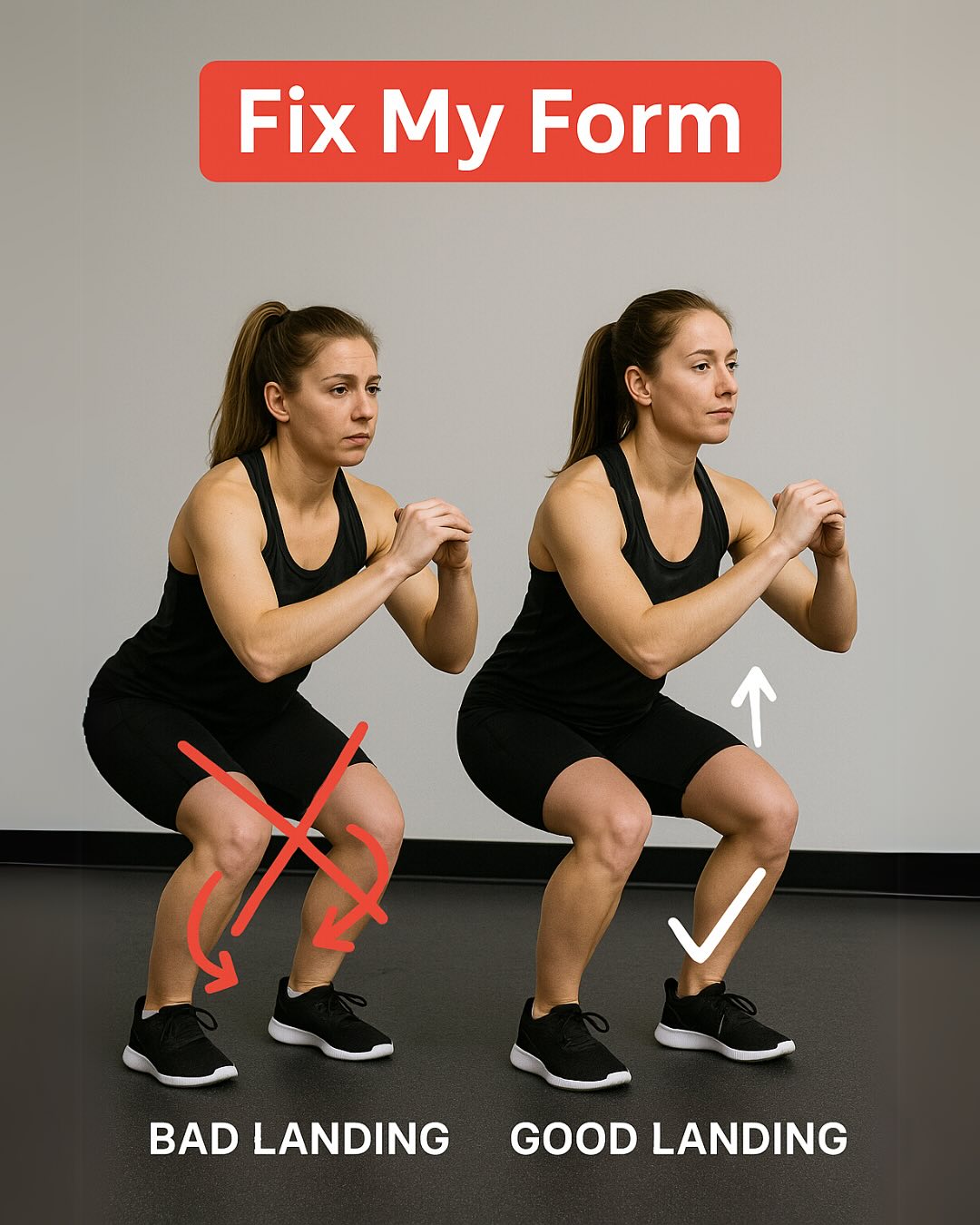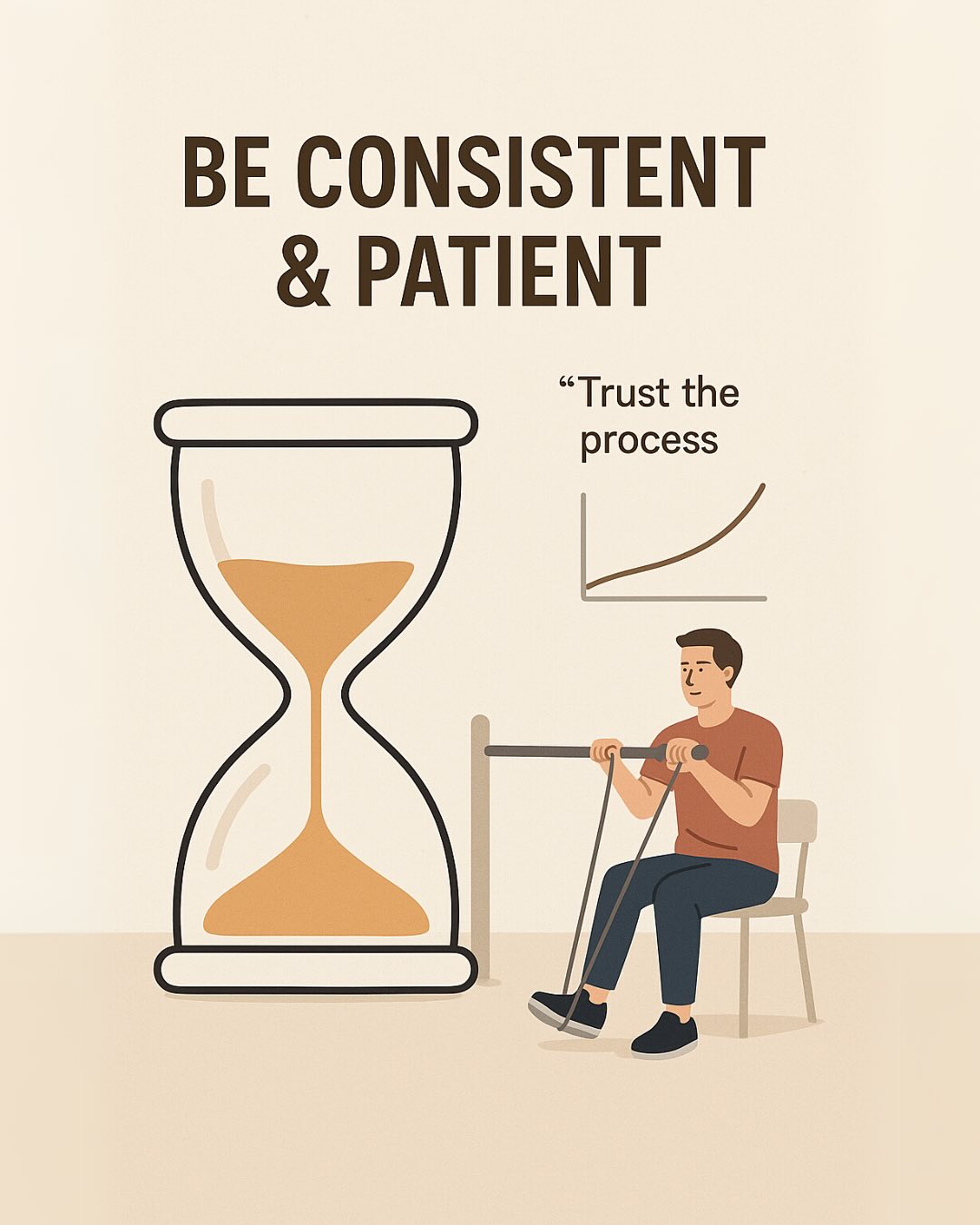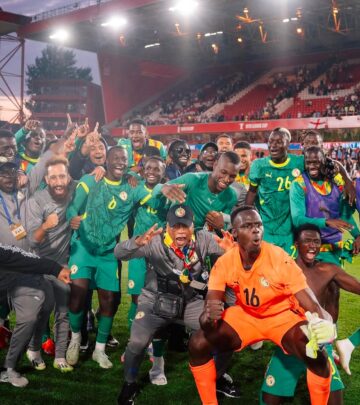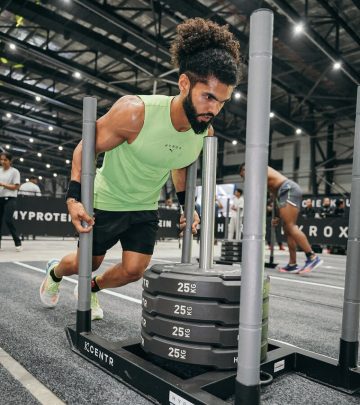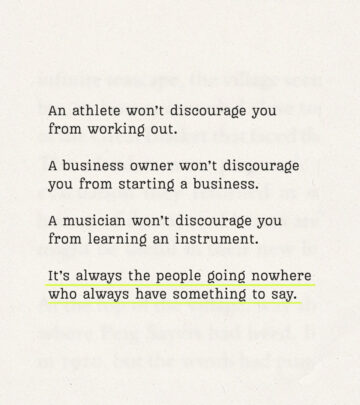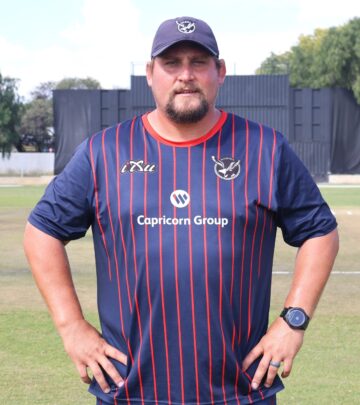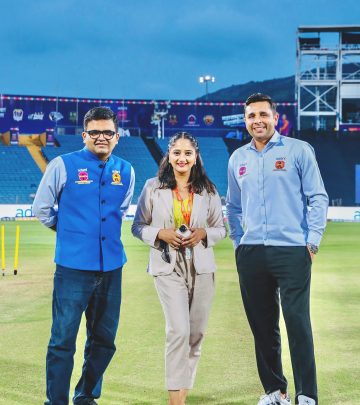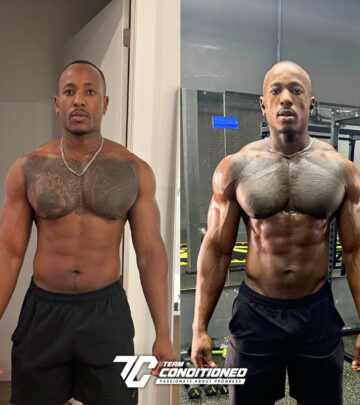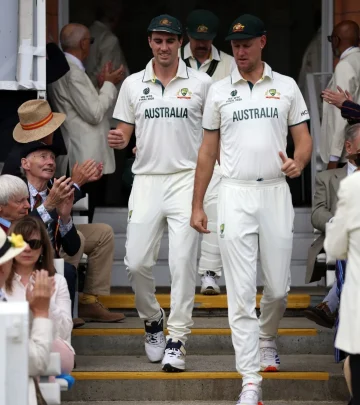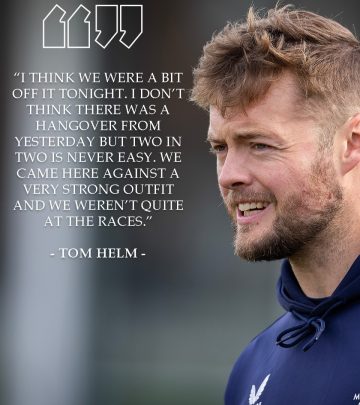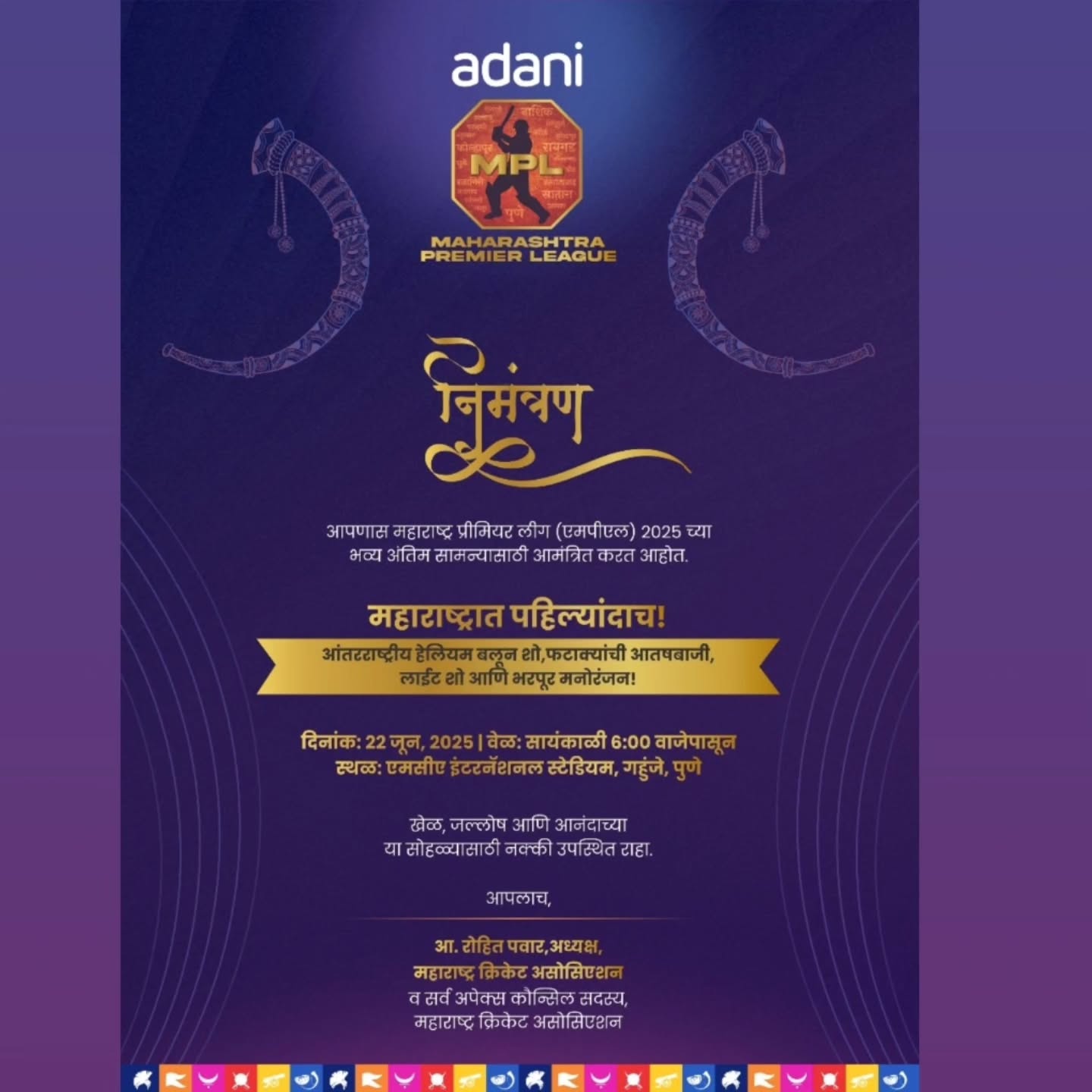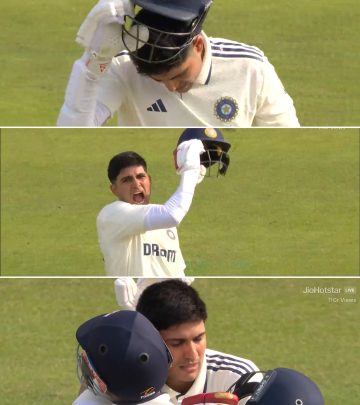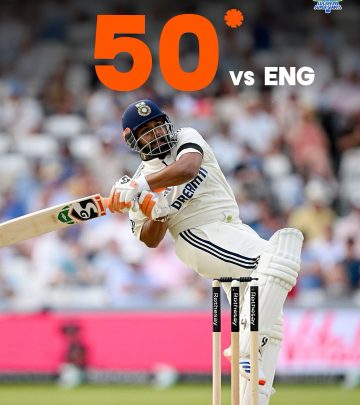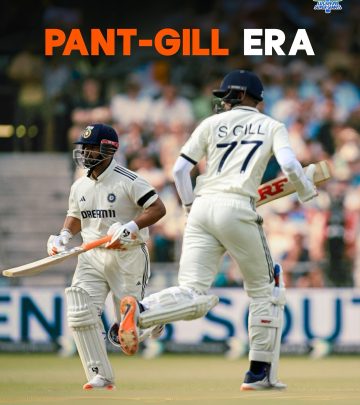Jumper’s Knee Rehab: Lessons From Coach Alan Salgado
Coach Alan Salgado reveals five mistakes and a jumper’s knee protocol for smarter rehab!!!
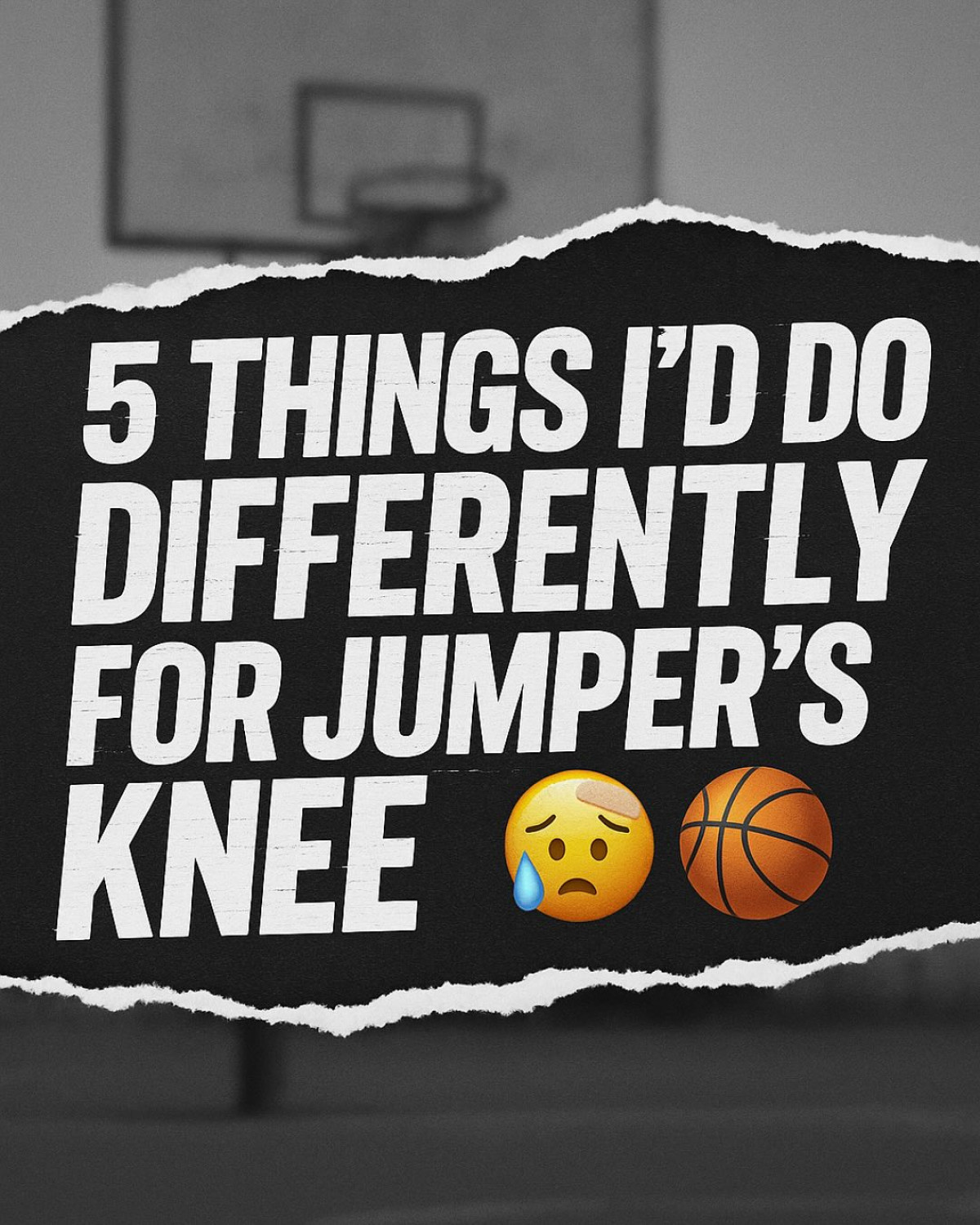
Image: Instagram
In the world of sports, injuries are often inevitable, but how athletes rebound can set the stage for long-term success. Coach Alan Salgado Espino – also known by his Instagram handle @dreamchaserr.__ – recently opened up about his personal battle with jumper’s knee, offering a candid look at the pitfalls he experienced and the valuable lessons he now shares with his athletes.
Coach Alan, who endured the ups and downs of a playing career marred by tendon-related troubles, recalled the days when short-term fixes and improper recovery methods only masked the underlying issues. His honest reflection not only detailed the mistakes he made but also sparked a renewed discussion about smarter, science-backed rehabilitation.
Overcoming Jumper’s Knee Challenges
During his playing days, Coach Alan struggled with jumper’s knee, a condition characterized by patellar tendon pain and overuse injury. In his recent post, he outlined the five major missteps that delayed his recovery and compromised his performance:
1. Ditch the ice and quick fixes – A common mistake among athletes is relying on immediate relief methods that merely mask pain instead of promoting long-term healing. Coach Alan emphasizes that while icing may reduce discomfort temporarily, it does not aid tendon recovery.
2. Start heavy slow resistance training earlier – The key to effective tendon healing lies in properly loading the tissue. Rather than easing through rehabilitation with light or sporadic exercises, a structured approach with heavy slow resistance training can stimulate collagen production and restore tendon strength.
3. Track jump volume and avoid pushing through pain – Monitoring the frequency and intensity of jumps is paramount. Continuous stress on an already injured tendon without adequate recovery leads to prolonged setbacks.
4. Fix landing mechanics – A detail often overlooked is the importance of proper form. Coach Alan recounts that poor landing mechanics aggravated his injury, underscoring that technique matters as much as physical conditioning.
5. Be patient – Perhaps the most significant lesson was learning that tendon healing is a gradual process. Real recovery requires months of disciplined training rather than a few weeks of temporary relief.
Learning From Past Mistakes
Coach Alan’s message resonates strongly with both current and former athletes. His experience is a potent reminder that quick fixes rarely lead to lasting recovery. Instead, he now champions a comprehensive protocol that has been carefully refined over the years. By integrating heavy slow resistance training, detailed tracking of jump metrics, and a focus on proper biomechanics, his Jumper’s Knee Protocol has redefined the recovery roadmap for many athletes.
For those still grappling with the persistent pain of jumper’s knee, his advice is clear: learn from his mistakes. By avoiding the temptation to push through pain and by embracing a measured, research-backed rehabilitation strategy, athletes can aim for a comeback that is both safe and effective.
The Protocol In Action
The Jumper’s Knee Protocol is not a one-size-fits-all solution. It includes progressive loading exercises, landing drills, and volume management techniques that are adapted to the individual needs of each athlete. This personalized approach mirrors innovations in other rehabilitation programs, where structured progressions and biomechanical corrections form the backbone of recovery.
Recent discussions on social media and in athletic communities have highlighted similar approaches in other injury recovery stories – from ACL rehabilitation to general sports injury prevention. For instance, older posts about ACL recovery emphasize the importance of neuromuscular control and patterned movement, which are paralleled in Coach Alan’s focus on landing mechanics for jumper’s knee. Such cross-disciplinary insights are valuable reminders that proper technique and strategic load management are universal pillars for successful rehabilitation.
The integration of technology and data-driven tracking into the recovery process has further empowered coaches and athletes alike. Tracking jump volume, for example, allows for precise adjustments to be made, reducing the risk of overuse while ensuring that each movement contributes to strengthening the tendon.
A New Chapter In Athletic Recovery
Today, as a coach, Alan Salgado Espino leverages his hard-won experience to guide athletes through smarter, more efficient rehabilitation processes. His commitment to continuous learning and adapting his training methods reflects a broader trend in sports medicine: the movement away from outdated quick fixes and towards sustainable recovery strategies.
For athletes facing the same arduous journey with jumper’s knee, the takeaway is clear. Replace temporary relief with targeted, evidence-based interventions. Focus on gradual loading, mindful tracking of stress levels, and, above all, patience, as real tendon healing is a marathon, not a sprint.
Coach Alan’s story is one of transformation – from a player who repeatedly fell back into the cycle of pain to a mentor who now steers others towards long-term resilience. His transparent and actionable insights have already sparked a broader conversation among athletes and coaches about the importance of quality rehabilitation.
By harnessing both his personal experience and established scientific principles, Coach Alan invites athletes to rebuild not just their knees, but also their confidence, on the back of a methodical, well-structured recovery program.
With his Jumper’s Knee Protocol now available via the link in his bio, those ready to start the journey towards bulletproof knees have a trusted roadmap. As more athletes turn to such comprehensive strategies, the era of quick fixes may soon give way to smarter, more durable approaches to athletic longevity.
Read full bio of Joyce


